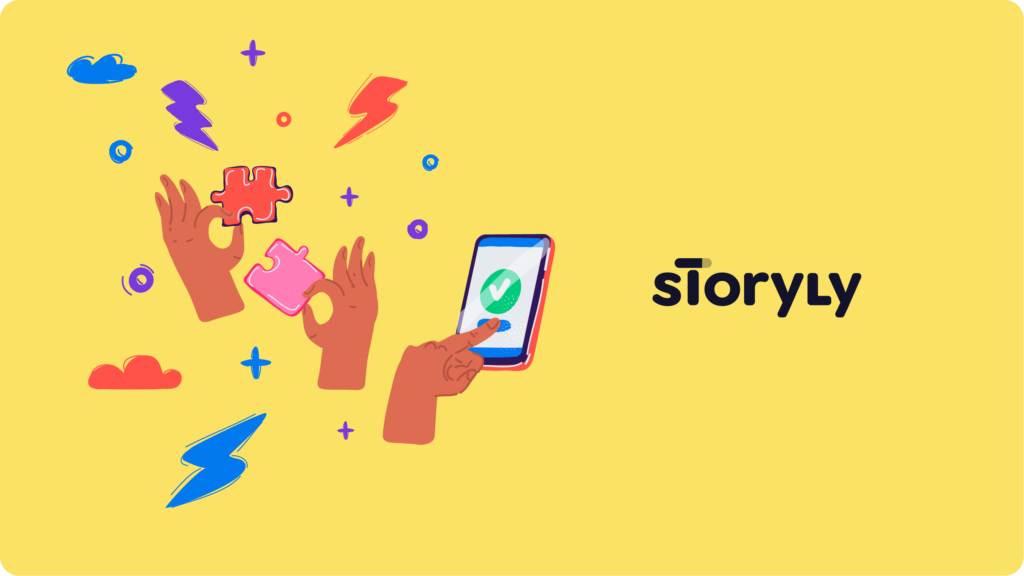
Gamification
Duolingo has revolutionized the way people learn languages, boasting millions of active users worldwide. At the heart of its success lies a well-thought-out gamification strategy that transforms what might otherwise be a tedious task into an engaging and addictive experience. By integrating game-like elements into its platform, Duolingo has created a learning environment that motivates users, keeps them coming back, and fosters consistent language practice.
This blog explores how Duolingo gamification can drive user engagement, maintain high retention rates, and make language learning an enjoyable journey.
What is Gamification and Why Does It Work?
Gamification involves incorporating game-like elements into non-gaming activities to make them more engaging and rewarding. By tapping into users’ psychological triggers, such as the desire for achievement, competition, and recognition, gamification enhances motivation and participation.
Duolingo effectively applies gamification principles to keep users committed to their language learning goals. Its approach is built on a foundation of behavioral psychology and user experience design, ensuring that users stay engaged while achieving tangible progress in their language skills.
1. Progress Tracking with Streaks
One of Duolingo’s most iconic features is its streak system, which tracks how many consecutive days a user practices a language. This feature creates a sense of accomplishment and encourages users to maintain their daily learning habits.
- Why It Works:
Streaks leverage the psychological principle of consistency. Once users start building their streak, they are motivated to keep it going to avoid the disappointment of breaking it. The longer the streak, the more invested users feel in continuing. - The Motivation Factor:
Duolingo reinforces streaks with visual elements, such as flame icons and milestone notifications, creating a sense of achievement and accountability.
2. Rewards and Achievements
Duolingo uses a system of in-app rewards and achievements to incentivize learning. Users earn gems (virtual currency), XP (experience points), and badges for completing lessons, practicing regularly, or reaching specific milestones.
- How Rewards Enhance Engagement:
Gems can be spent on items in the in-app store, such as outfits for the Duo owl mascot or streak freezes to safeguard progress. This adds an element of fun and personalization to the learning experience. - Achievements and Badges:
Duolingo awards badges for specific accomplishments, like completing a set number of lessons or practicing consistently over a period. These achievements tap into users’ intrinsic motivation by acknowledging their progress and rewarding their efforts.
3. Gamified Challenges and Leaderboards
Duolingo encourages friendly competition through leaderboards and challenges, adding a social element to its platform.
- Leaderboards:
Users are placed in leagues where they can compete against others to earn the highest number of XP in a given week. Advancing to higher leagues or maintaining a top spot becomes a source of pride and motivation. - Timed Challenges:
Limited-time challenges, such as earning double XP for practicing within a certain timeframe, encourage users to log in and engage with the app more frequently. - Why It Works:
Competition triggers users’ drive to excel and adds a layer of excitement to the learning process. Knowing that others are actively participating fosters a sense of community and shared progress.
4. Bite-Sized Lessons and Immediate Feedback
Duolingo’s lessons are designed to be short and focused, making it easy for users to fit learning into their daily routines. The app provides instant feedback on answers, reinforcing correct responses and correcting mistakes in real-time.
- Gamification in Feedback:
Each lesson concludes with a recap of performance, showing correct answers, mistakes, and areas for improvement. Users can see their progress at a glance, which reinforces their sense of achievement. - Low Commitment, High Reward:
The bite-sized nature of lessons reduces the cognitive load on users and makes learning feel manageable. Completing even a single lesson triggers a dopamine boost, encouraging users to return for more.
5. Personalized Learning Paths
Duolingo’s adaptive learning algorithm tailors lessons to individual users based on their progress and performance. By identifying weak areas and revisiting difficult concepts, the app ensures that users receive a personalized and effective learning experience.
- Gamification in Personalization:
Duolingo uses gamified prompts to encourage users to revisit lessons or focus on specific skills. For example, a skill level might “crack” to indicate that it needs reinforcement, motivating users to strengthen their proficiency. - The Impact on Engagement:
By aligning lessons with each user’s needs, Duolingo ensures that the experience remains challenging yet achievable, preventing frustration or boredom.
6. Encouraging Commitment with Duo the Owl
Duolingo’s mascot, Duo the Owl, plays a pivotal role in its gamification strategy. Duo appears with friendly (and sometimes humorous) reminders to practice, creating a personal connection with users.
- The Emotional Element:
Duo’s reminders are designed to be encouraging rather than intrusive. Messages like “We miss you!” or “Don’t break your streak!” create a sense of accountability and affection for the app. - Adding Humor and Personality:
Duo’s playful interactions, such as congratulating users for milestones or gently reminding them to return, make the learning experience more enjoyable and relatable.
7. Social Sharing and Community Building
Duolingo fosters a sense of community by enabling users to share their progress and achievements on social media. This social sharing not only boosts user morale but also introduces the app to new potential learners.
- Gamification and Social Proof:
Sharing achievements, such as reaching a new streak milestone or completing a course, allows users to showcase their dedication and invites others to join the journey. - Community Engagement:
Duolingo forums and language clubs create spaces where users can connect, share tips, and celebrate each other’s progress. This sense of belonging enhances engagement and retention.
8. Continuous Content Updates and New Features
Duolingo regularly introduces new features, lessons, and gamified elements to keep the platform fresh and exciting. Seasonal challenges, special events, and new lesson formats ensure that users always have something to look forward to.
- Why This Matters:
Continuous updates prevent the experience from becoming repetitive, encouraging long-term engagement. Users are more likely to stay with the app when they know it’s constantly evolving to meet their needs.
9. Celebrating Milestones
Milestones are an integral part of Duolingo’s gamification strategy. Whether it’s completing a lesson, reaching a streak milestone, or unlocking a new skill level, every achievement is celebrated with animations, sound effects, and congratulatory messages.
- The Psychological Impact:
Celebrating small wins reinforces positive behavior, making users feel accomplished and motivated to continue.
10. The Freemium Model with Gamified Incentives
Duolingo operates on a freemium model, where users can access most features for free but are encouraged to upgrade to Duolingo Plus for an ad-free experience and additional perks.
- Gamified Upselling:
The app uses subtle gamified nudges, such as offering bonus streak repair or highlighting the benefits of offline lessons, to encourage users to subscribe.
Conclusion
Duolingo’s success is a testament to the power of gamification in driving user engagement and retention. By combining game-like elements such as streaks, rewards, leaderboards, and personalized learning paths, Duolingo transforms language learning into a fun and addictive experience.
The app’s ability to keep users motivated and engaged lies in its understanding of human psychology and its commitment to making learning enjoyable. Whether you’re a casual learner or a dedicated polyglot, Duolingo’s gamification strategy ensures that every session feels rewarding, making it a leading example of how gamification can enhance user experiences and foster loyalty.
Keep an eye for more news & updates on BuzzFeed!





